The Traveller’s Guide to Croatian Cuisine by Region
Croatia’s diverse regions offer an array of culinary traditions, each shaped by geography, history, and local ingredients. This article is structured not by Croatia’s traditional geographical regions, but by areas that offer distinct culinary experiences. From the hearty dishes of the inland plains to the seafood specialties along the Adriatic coast, every meal tells a story. Exploring local markets, indulging in slow-cooked feasts, or sipping world-class wines brings Croatian cuisine to life. This country’s specialities are an experience best enjoyed in their place of origin.
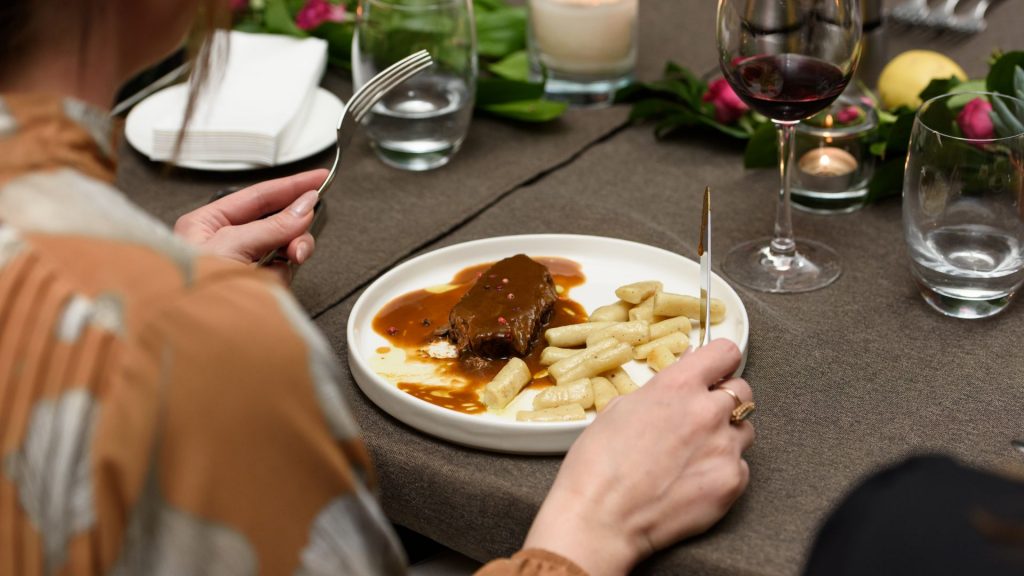
Zagreb: The Heart of Continental Cuisine
Zagreb’s food scene is deeply rooted in Austro-Hungarian traditions, usually with a modern twist. Expect rich stews, grilled meats, and layered pastries. One of the city’s most iconic dishes is štrukli, a baked or boiled pastry filled with cheese, often served with cream.
For a taste of true Zagreb comfort food, try purica s mlincima—roast turkey served with thin, soaked flatbread. The dish is a staple of Sunday lunches and festive gatherings.
Where to Eat: La Štruk is a fan favourite for a traditional Štrukli is the city. This spot takes its dedication to štrukli seriously and offers a warm and inviting atmosphere that enhances the experience.
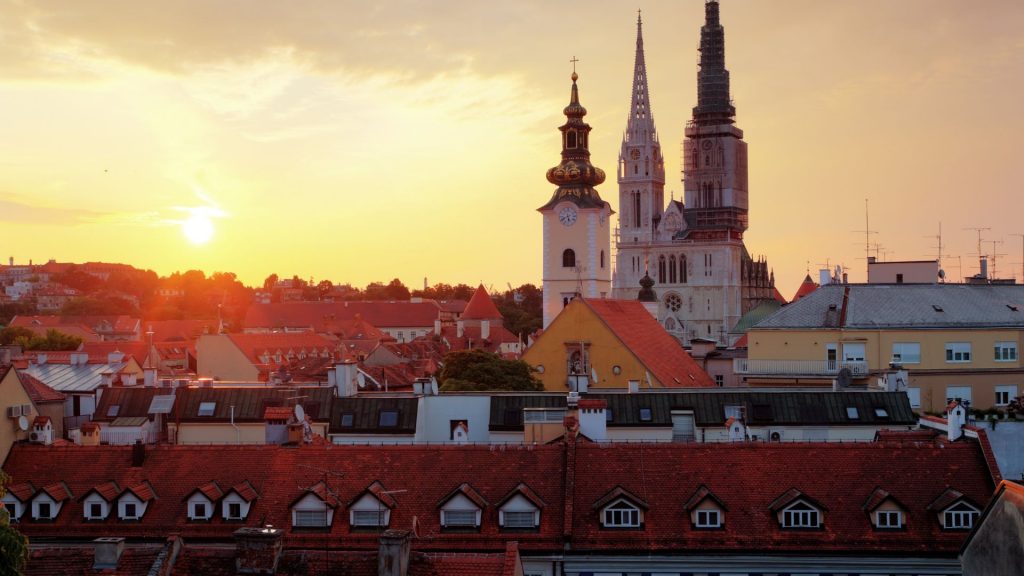
Slavonia: The Land of Smoked and Spiced
Slavonia, in eastern Croatia, is a paradise for lovers of bold, smoky flavours. This region is best known for kulen, a dry-cured sausage packed with paprika and garlic and aged to perfection. Another local favorite is čobanac, a slow-cooked meat stew spiced with hot and sweet paprika, traditionally prepared in a cauldron over an open fire.
Slavonia’s cuisine pairs beautifully with the region’s graševina white wines, which balance the richness of the food with crisp acidity.
Where to Eat: Try Restoran Bijelo-Plavi in Osijek for a traditional dining experience and the best čobanac around. Their portion sizes are large and staff are extremely friendly.
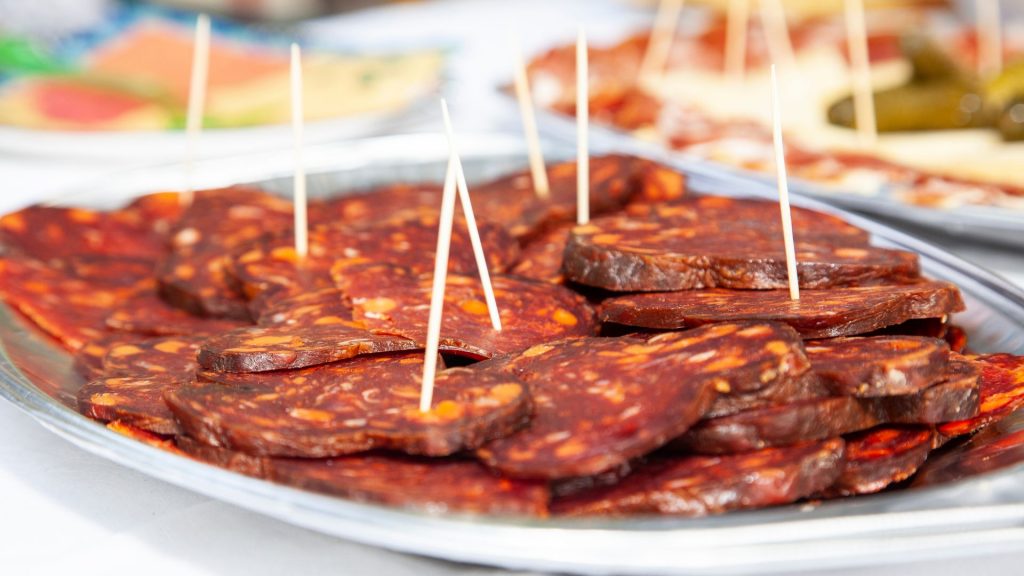
Istria: Truffles, Olive Oil, and Pasta
One could argue that Istria is the culinary capital of Croatia, drawing inspiration from both coastal and inland influences, with a strong Italian flair. Istria is home to Croatia’s first ever Michelin star restaurant and has been given attention on a global scale.
The region is famous for its truffles, particularly the prized white truffle found in Motovun forests. Fresh pasta, like fuži and pljukanci, is commonly served with truffle-infused sauces or game meats. Istrian olive oil is among the best in the world, crafted using distinct regional methods that give it a fresh, spicy character, elevating every dish. For seafood lovers, a plate of buzara—mussels cooked in wine, garlic, and parsley—is a must.
Where to Eat: Konoba Malo Selo in Buje offers a menu full of traditional Istrian dishes with a great wine list and the charm of a Nonna’s kitchen.
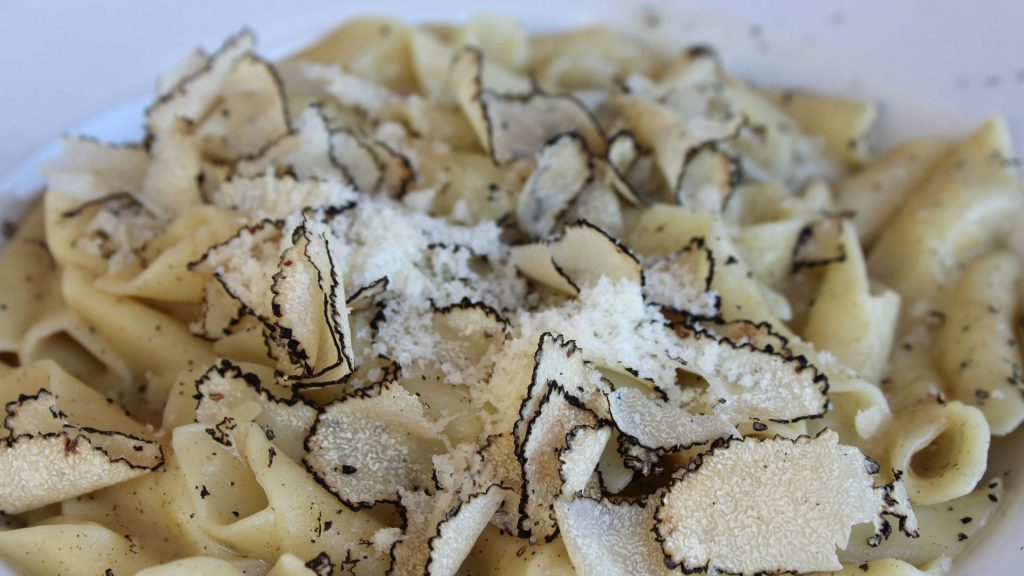
Central Dalmatia: Slow-Cooked Feasts
In Dalmatia, food is a slow affair. Cooking methods have remained unchanged for centuries, favouring simple ingredients elevated by time honoured techniques. One of the most famous dishes is peka, where meat or octopus is cooked under a bell-shaped lid, slow-roasting in its own juices over embers.
Dalmatian pašticada is another regional highlight—beef marinated in wine, plums and spices, then stewed for hours and served with handmade gnocchi. Fresh fish, simply grilled and drizzled with local olive oil, is a staple along the coast.
Where to Eat: Konoba Nikola in Stobreč, (a seaside town just 15 minutes from Split) is a little-known gem that hits the mark for amazing meals every time.
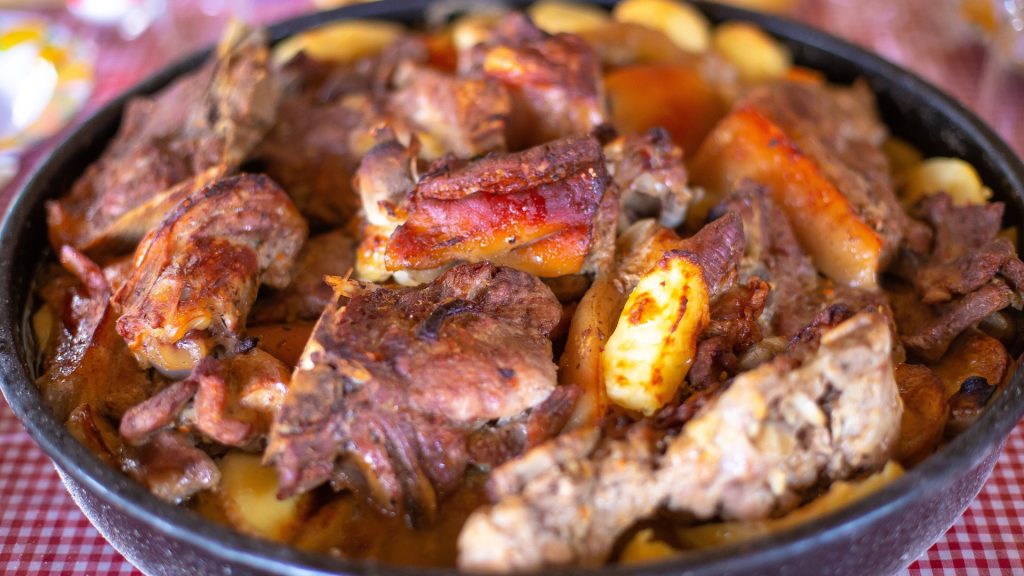
Pelješac: The Wine Lover’s PARADISE
Pelješac Peninsula is Croatia’s wine capital, producing some of the country’s finest bottles. Dingač and Postup wines, made from Plavac Mali grapes, are bold, full-bodied, and rich with dark fruit and spice notes. Some of our favourite wineries include Saints Hills, Mikulić and Miloš.
Wine and food go hand in hand here. Peka is common, but one of the best dishes to pair with Pelješac wines is pečena janjetina: slow-roasted lamb. The peninsula is also known for its oysters and mussels, harvested from the pristine waters of Mali Ston Bay.
Where to Eat: The freshest oysters and most authentic experience is at Gusta Me Oyster Farm in Ston. Visit the oyster farm, learn about the history and process, and eat fresh oysters right there by the sea.

Dubrovnik: Flavours of the Mediterranean
As you travel further south, the Mediterranean influence on Croatian cuisine becomes more pronounced. Dubrovnik and its surroundings feature lighter dishes, fresh seafood, and plenty of homegrown citrus and aromatic herbs.
A standout dish is zelena menestra, a traditional smoked meat and cabbage stew with deep historical roots. Another must-try is Šporki Makaruli, a beloved Dubrovnik pasta dish traditionally served on St. Blaise’s Day, honouring the city’s patron saint.
Southern Dalmatia is also known for rožata, a caramel custard dessert similar to flan, made with local rose liqueur.
Where to Eat: Ludo More in Cavtat (a town just outside of the Dubrovnik city centre) is an excellent choice for seafood and traditional regional dishes with a modern twist.
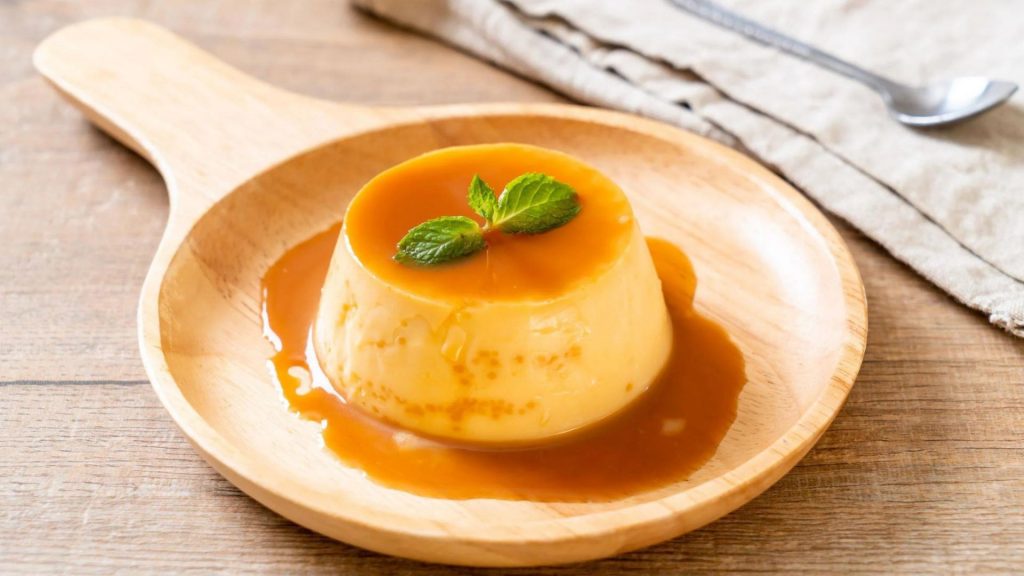
THE ISLANDS: TIMELESS TRADITIONS
Croatia’s islands each have their own unique culinary identity, shaped by centuries of isolation and seafaring traditions. Fresh seafood, fragrant herbs, and locally produced cheeses dominate island menus, offering visitors an authentic taste of Adriatic life. All Croatian islands are also known for their fresh fish, often simply grilled and drizzled with local olive oil.
On Brač, the island is famed for its lamb on a spit, considered among the best in Croatia. It also has the highest concentration of olive trees in the country, though its olive oil differs from Istria’s, with olives traditionally soaked for a milder flavour.
Pag is synonymous with salt and cheese. The island’s Paški sir, made from sheep’s milk, is one of Croatia’s most celebrated cheeses, known for its distinctive taste shaped by the salty winds and aromatic island vegetation.
Hvar is home to gregada, one of the oldest methods of preparing fish in Dalmatia. This traditional dish consists of white fish, potatoes, olive oil, and garlic, slow-cooked together to create a rich and comforting stew.
On Vis, Komiža pogača is a must-try. It’s a savoury pie filled with salted fish, onions, and tomatoes, reflecting the island’s deep-rooted fishing traditions.
Where to Eat: Restaurant Vinotoka on Island Brač is a local favourite for traditional meals that highlight the unique flavours of the Adriatic Sea.
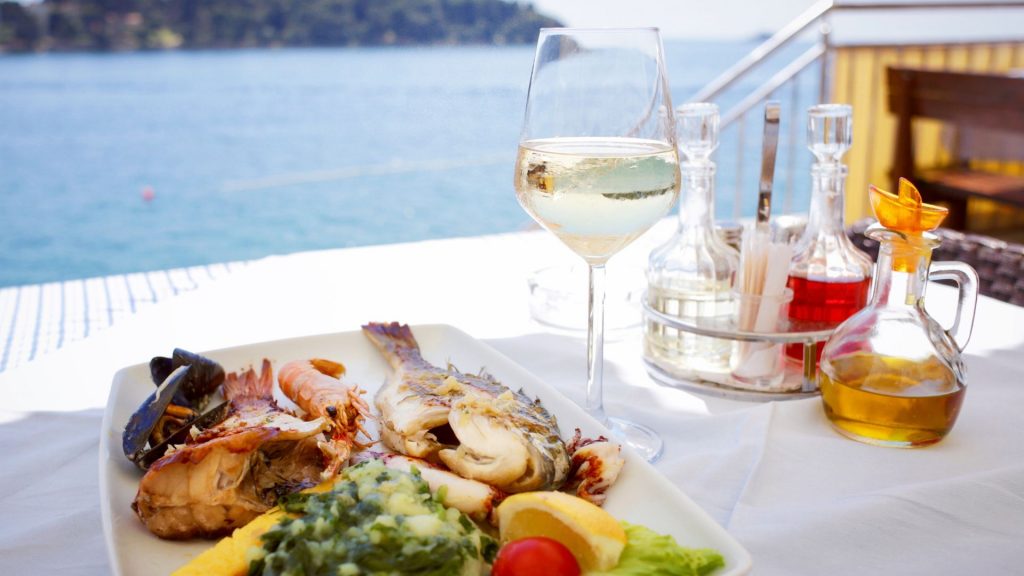
From the forests of Istria to the vineyards of Pelješac, and the windswept islands of the Adriatic, Croatian cuisine is as diverse as its landscapes. Food is at the heart of local life in Croatia, and exploring these specialties offers a glimpse into the history and traditions of this country. Every traveller should experience Croatian cuisine at least once. To discover more about Croatia’s traditions and plan your own adventure, find more posts on our blog, or book a tour or custom travel itinerary.
With love and a sea breeze,
Anchor Croatia